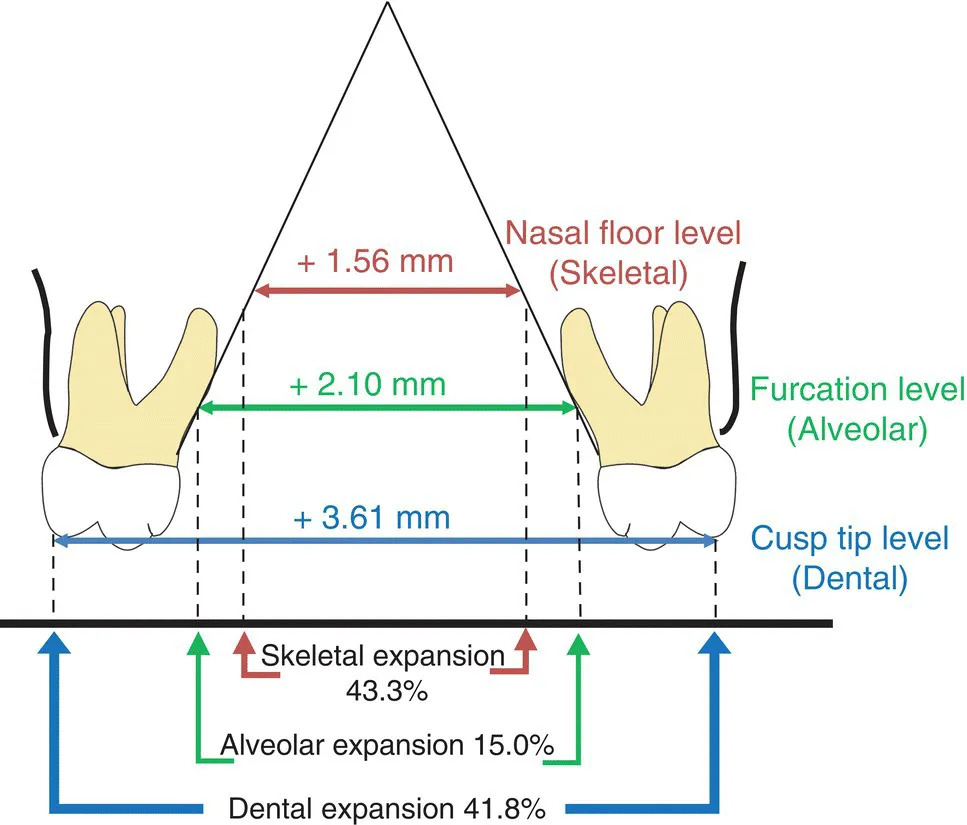
- English
- ePUB (mobile friendly)
- Available on iOS & Android
Temporary Anchorage Devices in Clinical Orthodontics
About this book
Provides the latest information on all aspects of using temporary anchorage devices in clinical orthodontics, from diagnosis and treatment planning to appliances and applications
Written by some of the world's leading experts in orthodontics, Temporary Anchorage Devices in Clinical Orthodontics is a comprehensive, up-to-date reference that covers all aspects of temporary anchorage device (TAD) use in contemporary orthodontics. Taking a real-world approach to the subject, it covers topics ranging from diagnosis and treatment planning to the many applications and management of complications. Case studies demonstrate the concepts, and high-quality clinical photographs support the text throughout.
The book begins with an overview of clinical applications and fundamental principles of TADs. It then goes on to cover biomechanical considerations for controlling target tooth movement with TADs. Biomechanical simulations for various clinical scenarios treated with TADs are addressed next, followed by an examination of histological aspects during the healing process and anatomical considerations with TADs. Other chapters cover: Class II Correction with TADs, Distalization with TADs, TAD-anchored Maxillary Protraction, Maxillary Expansion with TADs, Anterior Open Bite Correction with TADs, TAD-assisted Aligner Therapy, TADs vs. Orthognathic Surgery; Legal Considerations When Using TADs; and much more.
- Provides evidence-based information on the use of TADs, with a focus on improving outcomes for patients
- Considers topics ranging from diagnosis and treatment planning to specific clinical applications and appliances
- Takes a real-world clinical approach, with case studies demonstrating concepts
- Written by international experts in the field
- Presents hundreds of high-quality clinical photographs to support the text
Temporary Anchorage Devices in Clinical Orthodontics is an essential resource for orthodontists and orthodontic residents.
Frequently asked questions
- Essential is ideal for learners and professionals who enjoy exploring a wide range of subjects. Access the Essential Library with 800,000+ trusted titles and best-sellers across business, personal growth, and the humanities. Includes unlimited reading time and Standard Read Aloud voice.
- Complete: Perfect for advanced learners and researchers needing full, unrestricted access. Unlock 1.4M+ books across hundreds of subjects, including academic and specialized titles. The Complete Plan also includes advanced features like Premium Read Aloud and Research Assistant.
Please note we cannot support devices running on iOS 13 and Android 7 or earlier. Learn more about using the app.
Information
Section III
Clinical Applications of TADs
33
Three‐dimensional Application of Orthodontic Miniscrews and Their Long‐term Stability
33.1 Transverse Control – Maxillary Expansion



Table of contents
- Cover
- Table of Contents
- List of Contributors
- Foreword
- Preface
- Acknowledgements
- About the Editor
- Section I: Fundamental Perspectives on TADs
- Section II: Three‐dimensional Correction with TADs
- Section III: Clinical Applications of TADs
- Section IV: Esthetic Control with TADs
- Section V: Application of TADs in Surgical Cases
- Section VI: Complications with the Use of TADs
- Index
- End User License Agreement